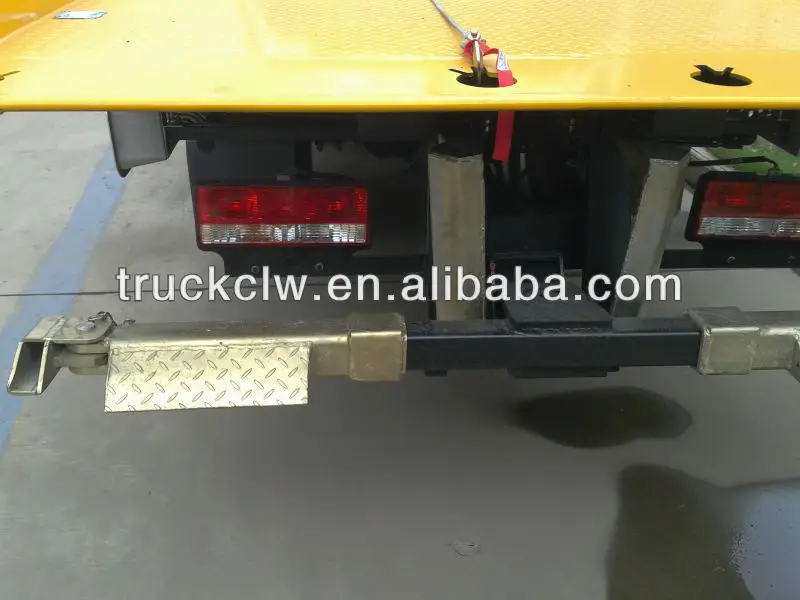

- #Broken roads platforms install#
- #Broken roads platforms drivers#
- #Broken roads platforms driver#
The over-hanging part of the load must be clearly marked. If over-hang cannot be avoided, it must be kept to a minimum.
Tailgates and sideboards must be closed when possible. They may need to be securely attached to make sure they cannot fall off. 
When pallets are used, the driver needs to check that:
Loading should allow for safe unloading. Look out for debris, broken boarding, etc. Always check the floor or deck of the loading area before loading to make sure it is safe. 
Overloaded vehicles can become unstable, difficult to steer or be less able to brake. No-one should be in the loading/unloading area if they are not needed.
Drivers should not remain in their cabs if this can be avoided. Provide a safe place where drivers can wait if they are not involved.
In some workplaces it may be possible to install a harness system to protect people working at height. The vehicle should be as stable as possible. Ensure the vehicle or trailer has its brakes applied and all stabilisers are used. There may be other mechanical dangers and safety procedures to be considered. Guards or skirting plates may be necessary if there is a risk of anything being caught in machinery (for example dock levellers or vehicle tail lifts). Mechanical equipment and heavy moving loads are dangerous. Loads should be secured, or arranged so that they do not slide around. Uneven loads can make the vehicle or trailer unstable. Loads should be spread as evenly as possible, during both loading and unloading. To maintain stability, trailers should be parked on firm level ground, Clear of overhead electric cables so there is no chance touching them, or of electricity jumping to 'earth' through machinery, loads or people. Clear of other traffic, pedestrians and people not involved in loading or unloading. This guidance should be followed to help avoid problems. Heavy loads, moving or overturning vehicles and working at height can all lead to injuries or death. Site layout and internal traffic routes. Management and supervision of workplace transport risk. Voluntary accreditation schemes for lift-truck training. Site-based ways to stop vehicles from moving. Temporary workplaces and unprepared roadways. The cookie is set by the GDPR Cookie Consent plugin and is used to store whether or not user has consented to the use of cookies. The cookie is used to store the user consent for the cookies in the category "Performance". This cookie is set by GDPR Cookie Consent plugin. The cookie is used to store the user consent for the cookies in the category "Other. The cookies is used to store the user consent for the cookies in the category "Necessary". The cookie is set by GDPR cookie consent to record the user consent for the cookies in the category "Functional". The cookie is used to store the user consent for the cookies in the category "Analytics". 
These cookies ensure basic functionalities and security features of the website, anonymously. Necessary cookies are absolutely essential for the website to function properly.








 0 kommentar(er)
0 kommentar(er)
